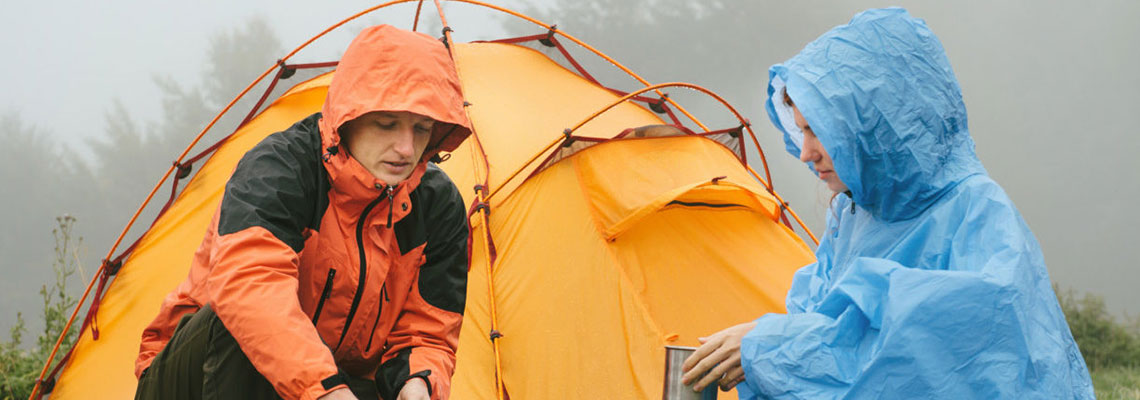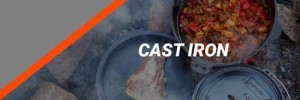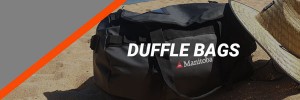Understanding Waterproofing on Tents

Understanding Waterproofing on Tents.
When a tent lists its waterproof rating it is letting us know how much water pressure the fabric can withstand before you see water seeping through. This does not account for seams and zippers however. When fabric is tested on a tent there are 2 types of tests.
But What does waterproof mean on a tent? How do they test waterproofing on a tent?
The Suter Test is where pressure is applied to a segment of fabric clamped into a machine. Once water starts to penetrate the fabric a PSI measurement is taken that can be converted to mm as the waterproof rating.
The Static Column test involves a section of the fabric secured to the bottom of a tube. The tube is filled with water the level of the water is measured in mm when water is able to penetrate giving the fabric a waterproof rating.
Note: These tests are in a controlled environment and don’t take into consideration real world variables. These include wind, force of the rain, design and fixtures.
Waterproof Ratings: The Basics
When shopping around a lot of people will go to the waterproof rating as a key feature of their tent. But what do you really need to know?
Typically a tent rated 1000mm and below is water resistant. These fabrics can withstand light showers for short periods. Typically 2 season dry weather tents. Tents over 1000mm in their rating are typically waterproof. Many lightweight 3-4 season hiking tents will rate around 1200-1500mm rating. There are some hiking tents that have a higher waterproof rating due to conditions they were designed for.
Ratings over 1500mm are typically seen in family camping tents. This is due to the tent being used for extended periods of time. These tents are built to withstand the elements and are often made with materials to withstand extremes (within reason).
Canvas tents typically do not have a waterproof rating. This is because of the mixture of cotton and polyester absorbing the water causing swelling. This closes the spaces between overlapping fibres as well as the holes left by stitching on the seams. All tents should be weathered before being used as there will be some leaking initially, after a few years you can treat with canvas specific waterproofing.
Are tent floors waterproof?
Whilst it is hard to often find a waterproof rating for a tent floor, they are almost always made from hydrophobic materials - meaning they do not absorb the water. Most tents will have a PU (Polyurethane) or PE (Polyethylene) floor or coated floor.
Family tents often have a PU or PVC floor which generally don’t have a waterhead rating as they form a completely waterproof and hard-wearing barrier. A lot of tents will also have been DWR treated to encourage the fly to shed water - like waxing your car.
Does waterproofing last forever?
Like most things in life, use will take its toll on waterproofing. There are several things that can be done to treat and encourage the best performance in stormy weather.
- Refresh the urethane coating: The urethane coatings on the inside of a rainfly and floor of your tent are the primary barriers against moisture. If these start to peel off or water starts to drip you can refresh your tent with Gear Aid Sure Sealant .
- Refresh the DWR: When rain doesn’t sit on your fly as small beads or droplets it might be time to refresh the DWR. A durable water repellent (DWR) coating helps your rainfly shed water. Products like Nikwax Tent and Gear Spray are a go to.
- Seal the seams: Applying seam sealer can help keep moisture from seeping through after time .Just apply a thin film of a sealer to the inside seams and let dry. We recommend Gear Aid Seam Sealer for this.

Complete Outdoors
Specialising in giving YOU the best experience when out exploring. Specialist camping, tramping, outdoor, ski & snow store. Based in Christchurch offering a wide range of quality outdoor brands & products.
Read More

































